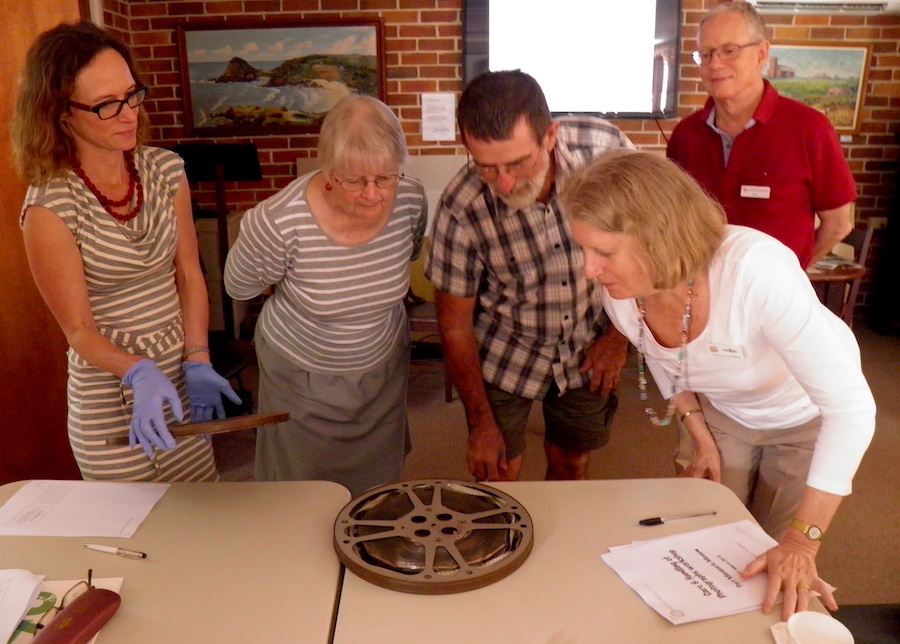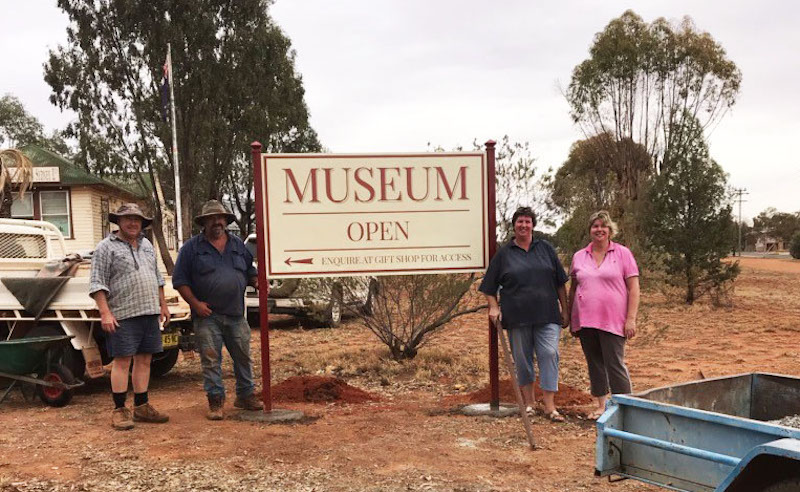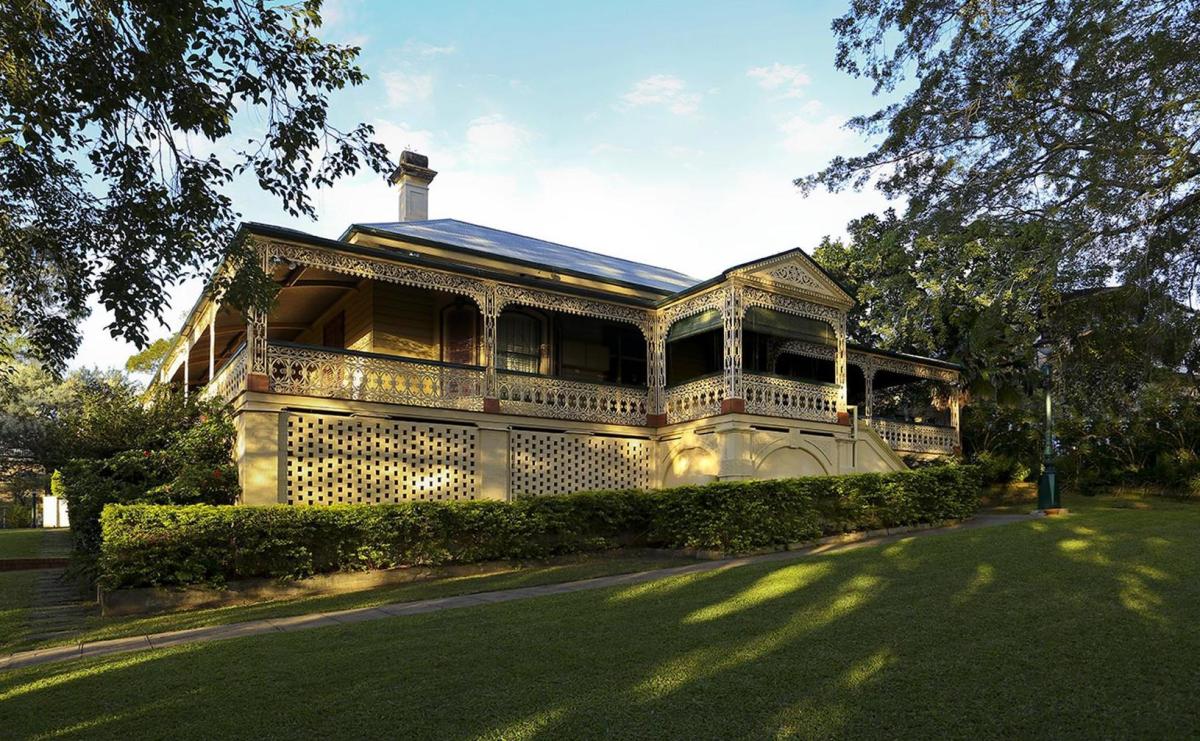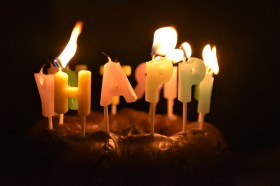During the pandemic there has been a strong focus on the performing and visual arts, but what about our community museums?
Within Queensland and New South Wales there are an estimated 719 public museums. Around 80% of these are not-for-profit volunteer-run, community museums.
Less than 10% of these are owned or operated by local government. All, however, are significant contributors to communities and economies in both states.
Museums & Galleries Queensland’s Executive Director, Rebekah Butler said: ‘Our sector’s community and volunteer-run organisations are largely dependent on earned income from retail activities and visitors passing through their doors. Many of these organisations operate with narrow margins and limited operational reserves, and have been greatly impacted by COVID-19.’
Butler said without a financial safety net and increased support for the sector’s volunteer workforce, many of these organisations are in great threat.
She continued: ‘April through to October is the peak tourism period for organisations in Western and Northern Queensland, and those on the ‘grey-nomad’ route. We are concerned that income losses during this period will potentially impact their long-term viability.’
Museums & Galleries New South Wales CEO, Michael Rolfe reinforced Butler’s overview. ‘In NSW the same issues of viability are playing out, with impacts anticipated to happen over time and in different ways,’ Rolfe said.
It’s predicted that there will be a decline in volunteering, collections will be put at risk and access to localised storytelling diminished.

Port Macquarie Museum, Care and handling of photographs workshop. Image supplied.
Butler continued: ‘Should any of these organisations face closure it would have enormous impact not only on the individual organisations, staff and volunteers but also their local communities and wellbeing.’
Volunteer-run organisations are largely incorporated associations and do not have the overarching support of local government in the same way that regional galleries or equivalent regional museums do.
And yet they play a crucial role in collecting, preserving and interpreting our stories and the cultural life of our communities through exhibitions, permanent displays, research and education programs.
Butler and Rolfe speak for the peak organisations across NSW and QLD, and voice their strong concern that the community museum sector is not receiving the necessary support needed to get through this.
Both organisations have been lobbying for resources to be deployed and for staged interventions, such as a collection rescue program, cash injections to support basic operations and localised COVID-19 specific WHS training for volunteer-run organisations, be rolled out.
Read: Why Australia’s gallery system is so broken
In March 2020, prior to the federal government closure of museums and galleries, M&G QLD and M&G NSW released a joint statement encouraging all volunteer-run museums and galleries to close to the public and for all volunteer support programs run by professionally-staffed organisations to be temporarily suspended.
These recommendations recognised that volunteer groups are largely comprised of older or at-risk people.
More recently, and with restrictions being eased, both organisations report that many volunteer-run organisations are yet to reopen or are operating with reduced capacity because of COVID-19 safety and wellbeing concerns.
A second wave of infections, including clusters now appearing in regional areas of New South Wales, are challenging the tenacity and commitment of many.
They said: ‘Urgent assistance is needed to help stabilise our community museum sector, to support pathways to attract and retain volunteers, and to enable these organisations to deliver COVID-safe cultural experiences to their communities and wider audiences.’
Volunteers are ‘connectors’ in communities.
‘Anecdotally, we are aware that the lack of targeted funding and support is creating sector despondency and a perceived lack of recognition for the significant work these organisations undertake,’ said Rolfe and Butler.

Weethalle Museum (NSW). Image supplied.
‘We hear a lot about a locally delivered recovery, about domestic and regional tourism helping to drive any economic bounce. We know cultural tourists stay longer and it is well documented that the personality, storytelling and culture of a place is what generates interest to visit.’
‘Perhaps this pandemic shock will be an opportunity to finally realise a much greater awareness and understanding of the value proposition this sector brings to community life and economic opportunity. But let’s hope it’s not through a realisation of what’s been lost,’ Rolfe said.
M&G NSW is currently working on a major regional collection digitisation project that will focus on the documentation of collections across NSW. They are also in discussions with TAFE NSW about providing Collection Management Training Courses in regional areas.
Both these initiatives are designed to support the work of volunteer organisations and ensure access to volunteer managed collections is maintained.
Ensuring the sector remains viable and valued at this time is critical to the future sustainability of culture within our broader communities. As Rolfe suggests, let’s not lament its value once lost.





